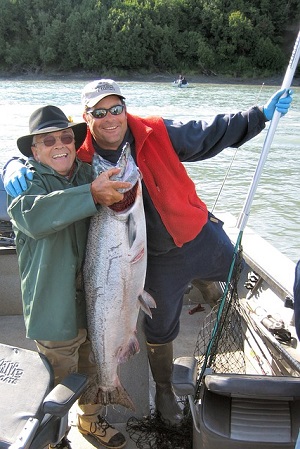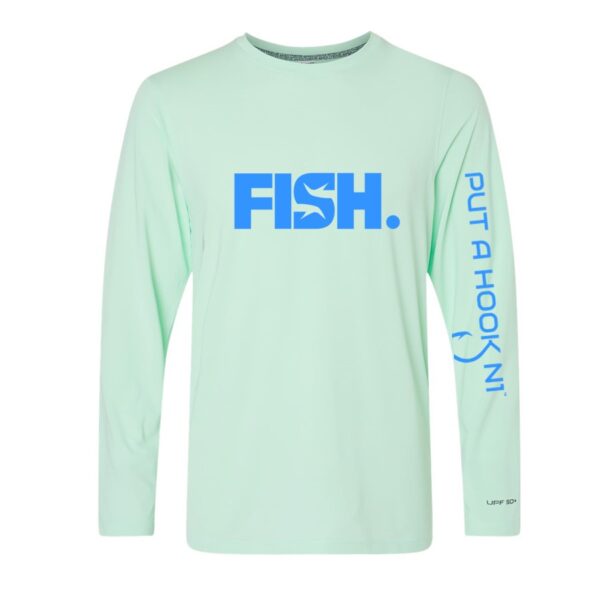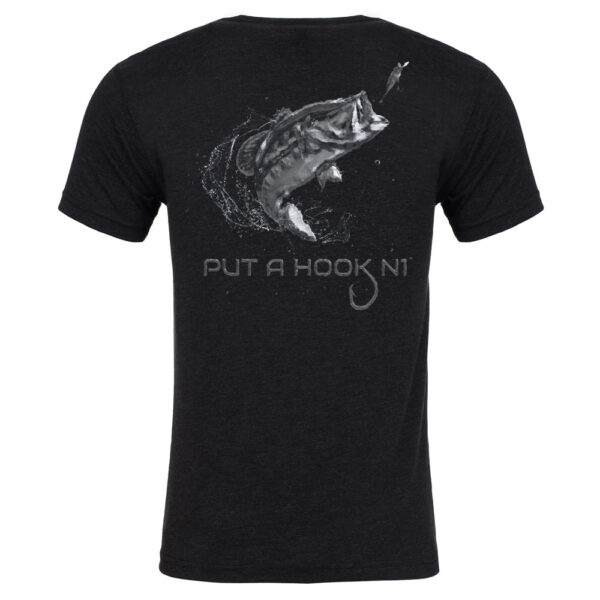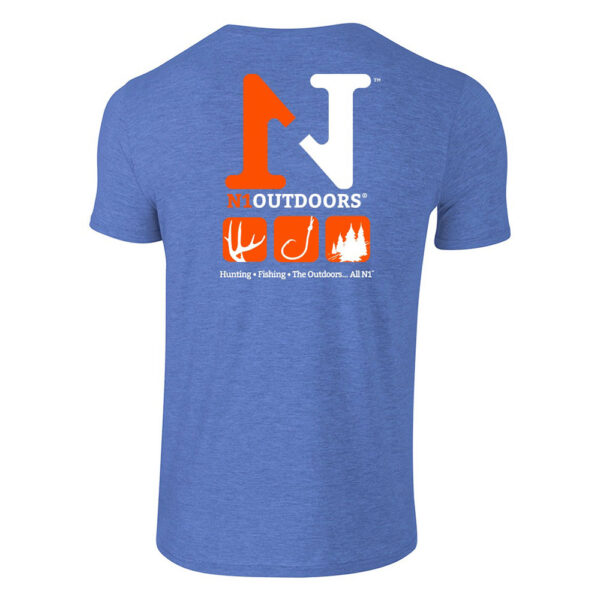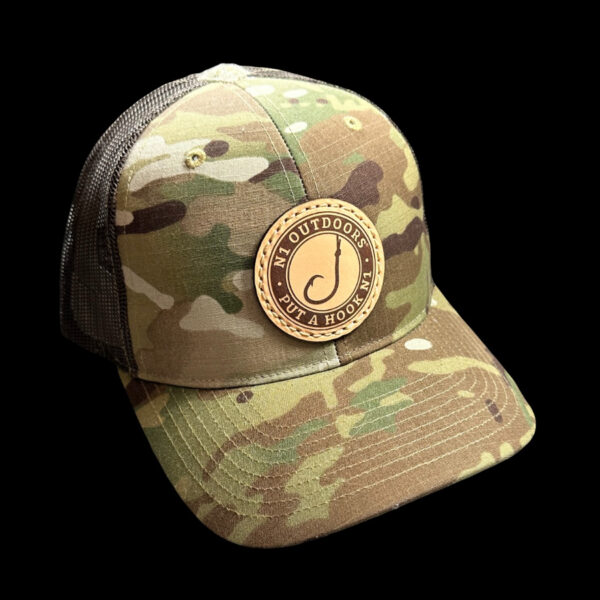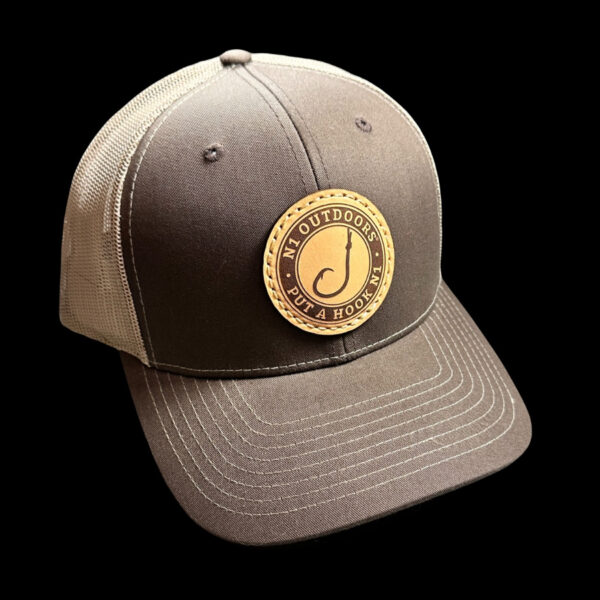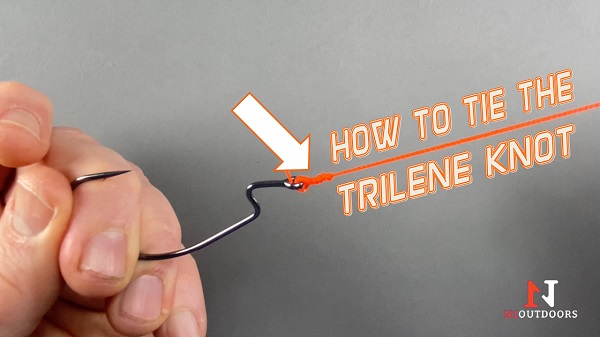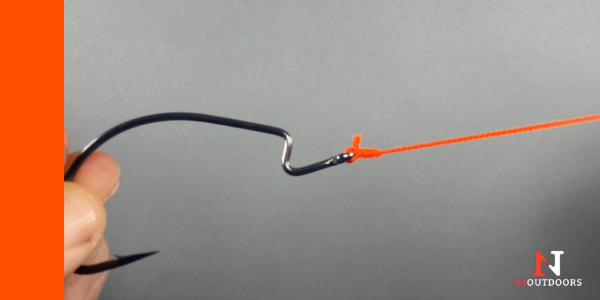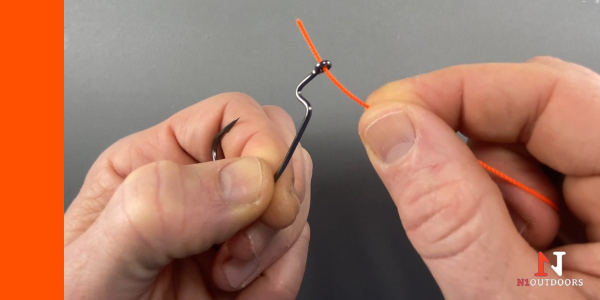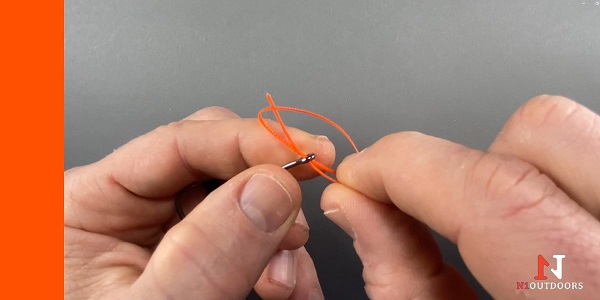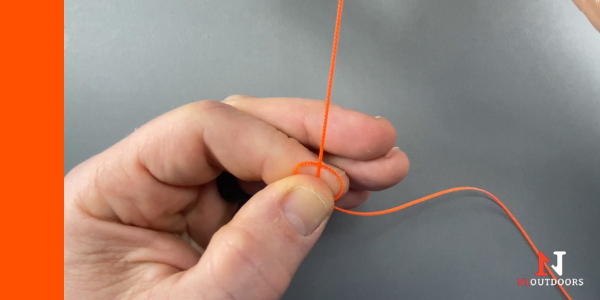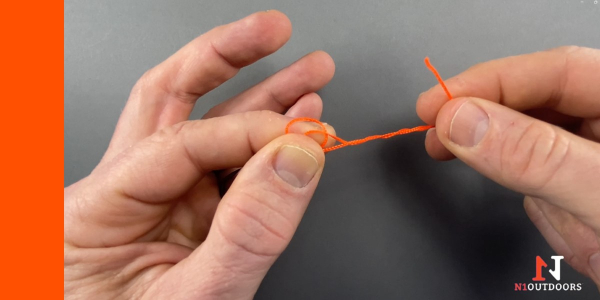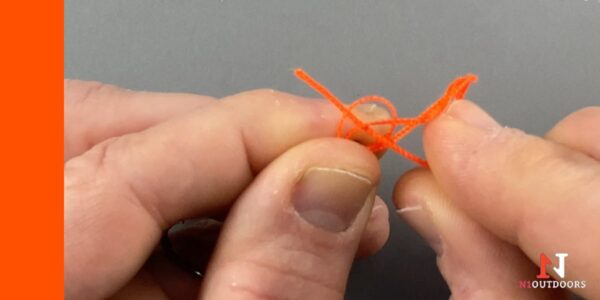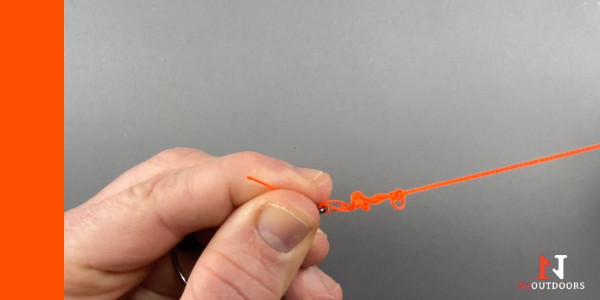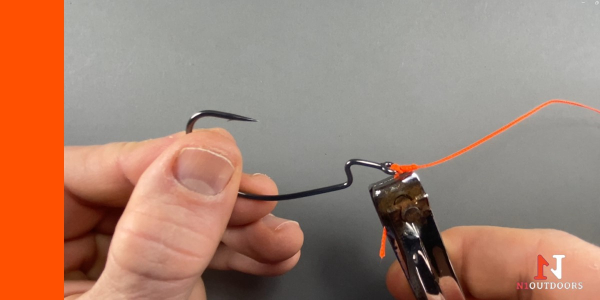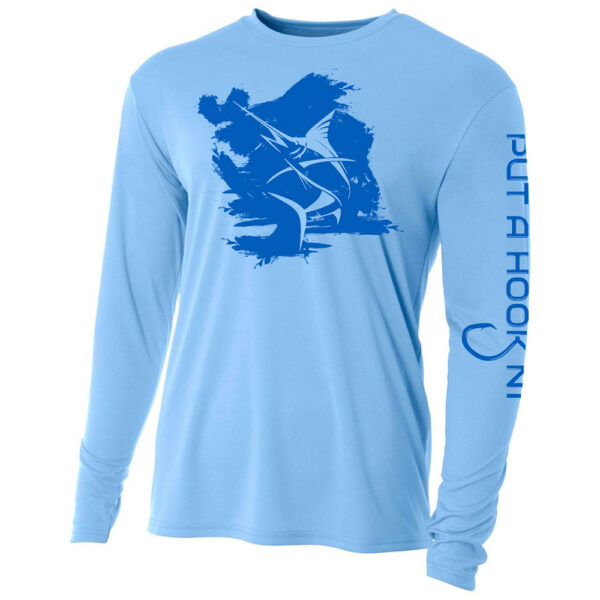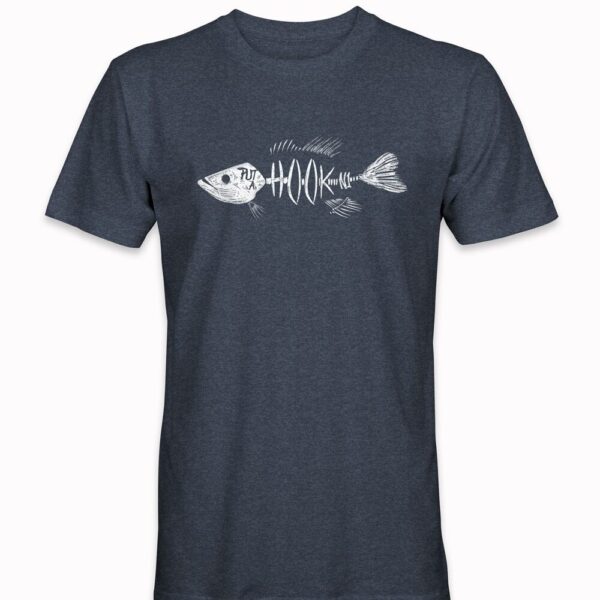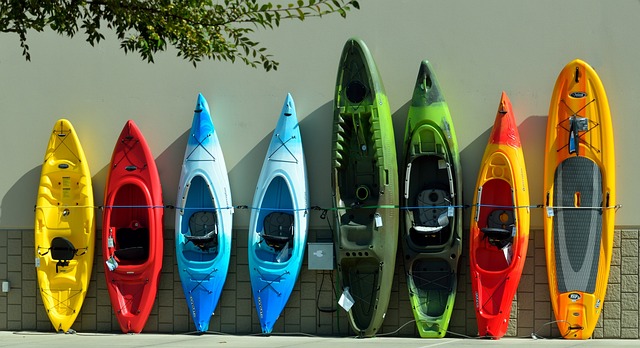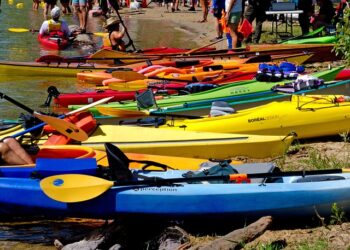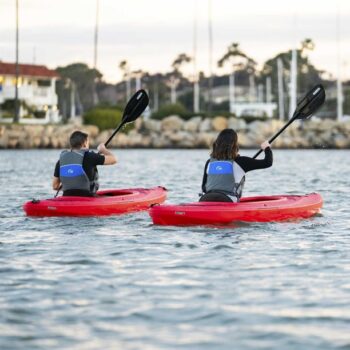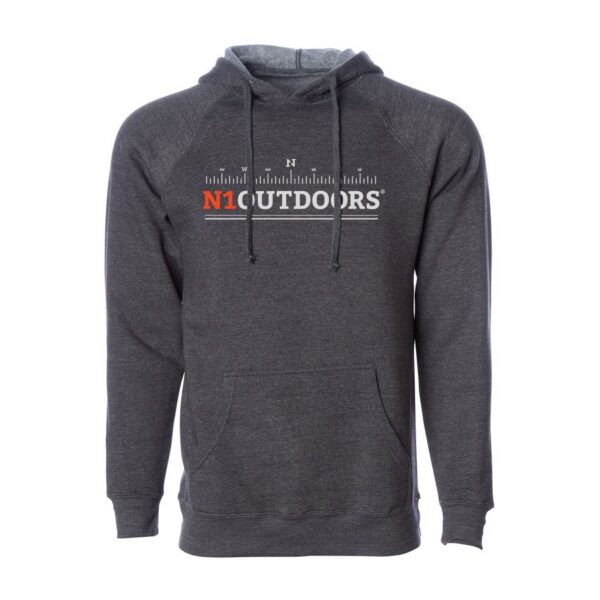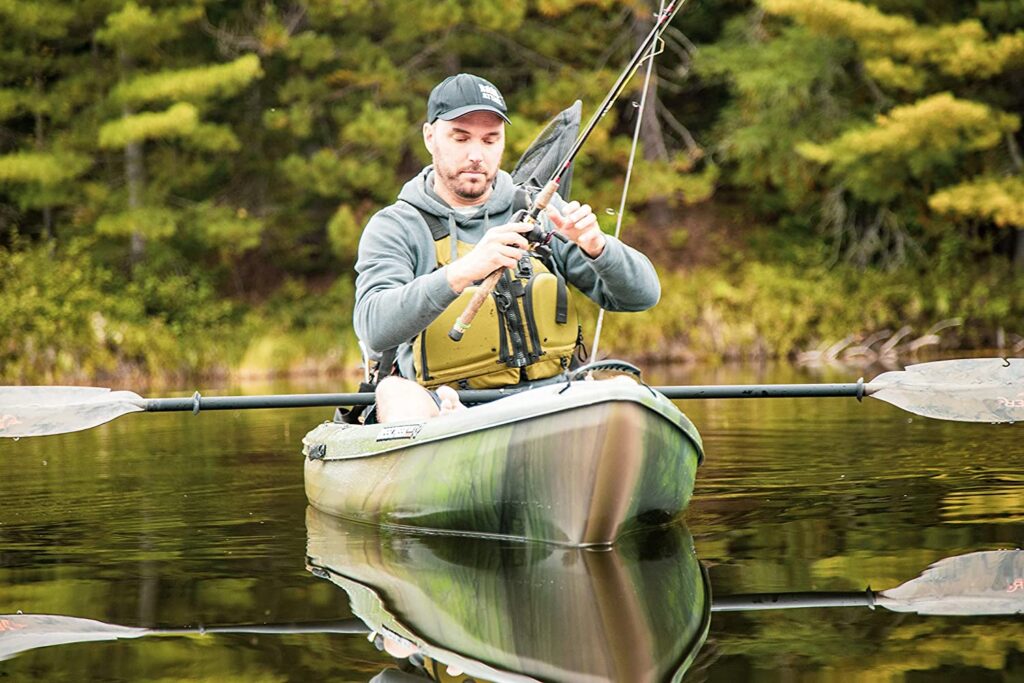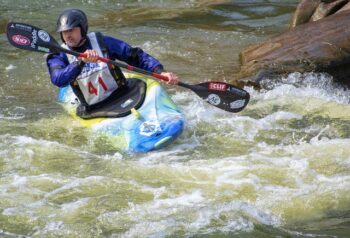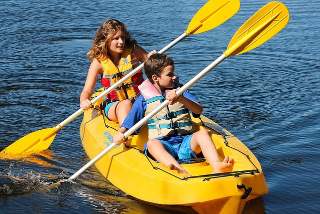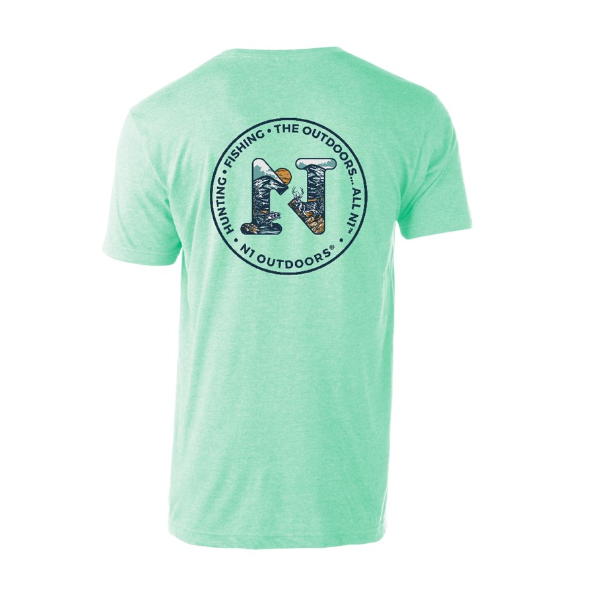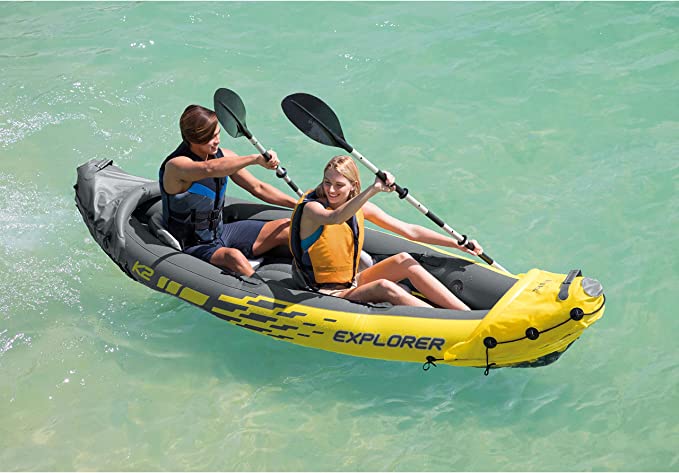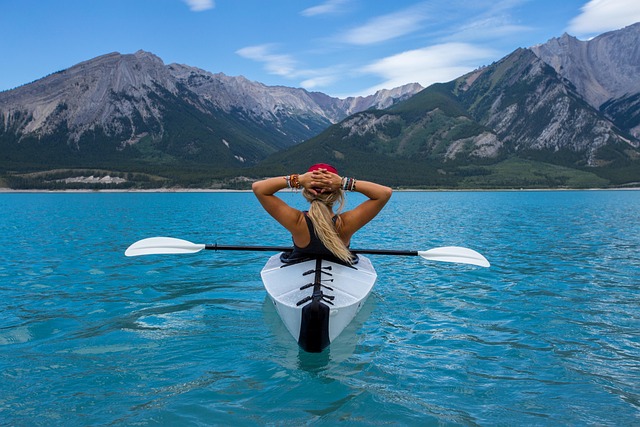When it comes to enjoying the great outdoors, it’s hard to beat fishing.
However, if you’re a first-timer and are looking to make the most out of your fishing experience, hiring a fishing guide may be just the answer.
How to Find The Best Fishing Guide
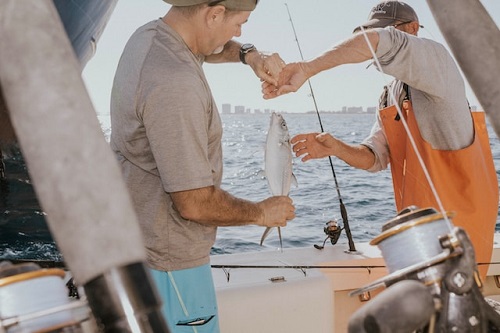
An excellent fishing guide can make all the difference in your fishing experience. These professionals can give you valuable knowledge about finding the best fishing spots, ensuring an enjoyable and safe day on the water, and of course, helping you catch more fish!
Each fishing guide is different, and selecting a guide who fits your fishing trip needs is crucial.
To help you choose wisely, here are some of the ways to choose a reputable fishing guide…
Know Your Preferences And Goals
Before searching for a fishing guide, you must know what you wish to achieve during your fishing trip.
Do you want to catch a specific kind of fish? Or, do you prefer a particular type of fishing, such as winter season ice fishing, fly fishing, or even noodling?
These are some factors you should consider before starting your selection process. Create a list of your preferences and goals so you can choose a guide who’ll do everything they can to address them.
-
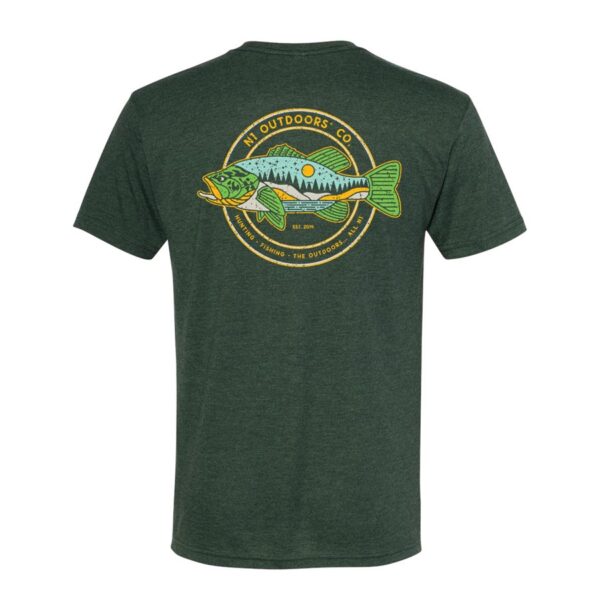
N1 Outdoors® Fishscape™ Outdoor Tee
Price range: $28.99 through $32.99 Select options This product has multiple variants. The options may be chosen on the product page -
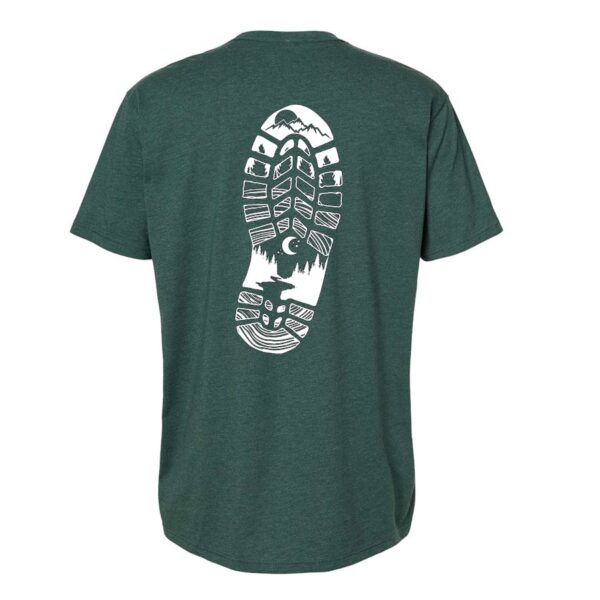
N1 Outdoors® “Outdoor Npressions™” Boot Print Tee
Price range: $24.99 through $28.99 Select options This product has multiple variants. The options may be chosen on the product page -

N1 Outdoors® Est. 2014 TriBlock Bottomland Camo Performance UPF 50+ Shirt
Price range: $37.99 through $39.99 Select options This product has multiple variants. The options may be chosen on the product page
Ask The Ones In The Know
Even with the internet, word of mouth can still be the most valuable information when it comes to fishing guides.
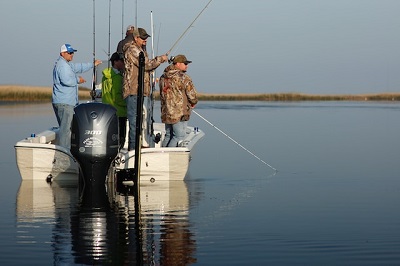
Some of your friends or family members who enjoy fishing might have worked with a fishing guide before. If so, don’t hesitate to ask them for help. They may be able to connect you with an incredible fishing guide you would not have found otherwise.
Browse Online And Social Media Platforms
In today’s digital world, almost all people have an online presence. With that in mind, it’s wise to browse online and social media platforms when choosing a guide.
Most reliable guides may have their own website and social media profiles to make booking easy and engage with clients smoothly.
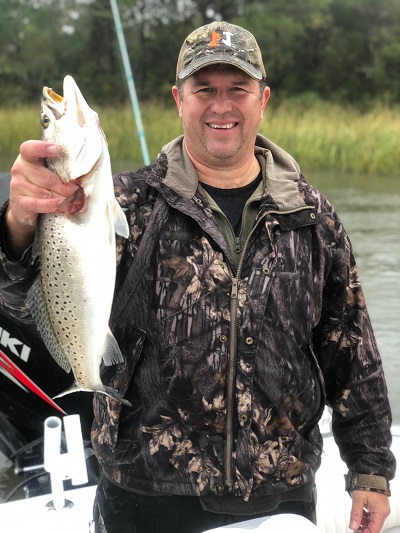
Most reliable fishing guides may have their own website and social media profiles to make booking easy and engage with clients smoothly. However, just because a fishing guide service has its own website or social media presence, it doesn’t necessarily mean that it’s credible. This is why you must do a background check of sorts, as you browse their pages, to ensure you’re dealing with a legit professional.
However, just because a guide service has its own website or social media presence, it doesn’t necessarily mean that it’s credible. This is why you must do a background check of sorts, as you browse their pages, to ensure you’re dealing with a legit professional.
Some of the things you should consider as you browse the fishing guide’s website or profile are as follows:
- Reputation – You can determine a guide’s reputation through word-of-mouth, testimonials, or reviews from previous and current clients. These types of feedback reflect the guide’s professionalism, attitude, effort, and personality. So, take time to read reviews and weigh the good and bad things about the guide to help you make the right choice.
- Insurance Certificates And Licenses – Most fishing guides proudly display their certificates and proof of their license on their social media accounts and websites. If your preferred guide doesn’t have one, never hesitate to ask for the necessary documents that prove their accreditation or licensing.
- Experience – Read more information about the guide’s experience in the industry. The more years they have worked as fishing guides, the better. This is especially true if it’s your first time going fishing in an unfamiliar area.
Although it takes time to search for a guide based on these factors, it can go a long way to making sure that you’re dealing with a professional who can provide you with quality service and give you the best value for your money.
Compare Cost Estimates
As a client, it’s your right to get a detailed cost estimate and compare it to other offers. Regardless of your budget, you should know what you’re paying for when you sign up with your prospective fishing guide.
Be sure that the estimate includes the time period, transportation cost, supplies provided, and other additional fees. If your prospective guide is reliable, they’ll be more willing to offer you the necessary details about their services and charges before they let you sign anything.
Call Before Booking
If you’re still unsure about your choices, another way to select a good fishing guide is to give them a phone call before booking. Doing so will allow you to ask questions and feel the guide’s personality before heading to the fishing area.
If you’re clueless about what questions to ask, browse the guide’s website or social media profile for basic information. Don’t book until you are satisfied with the answers that have been provided to your questions.
Fishing Guide Focus: Quality Service Over A Cheaper Price
The rates of fishing guides may vary widely, but cheaper isn’t always better. If you don’t want to be disappointed, focus more on getting quality service than the charges.
Other guides are pricey for a reason. It’s often because most of them have a well-established reputation and can guarantee clients the highest possible level of satisfaction as it relates to a successful fishing trip. So, it may be well worth it, even if you pay more than the average market rates.
Know What Makes A Good Fishing Guide
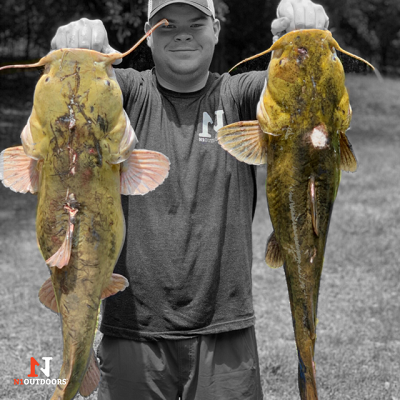
When choosing a fishing guide, it’s easy to pick one based on the rate and what you see online. But if you want to get the best value for your investment, knowing what makes an excellent guide may come in handy.
Here are the best characteristics of a fishing guide who deserves your time and hard-earned money:
- Superb Work Ethic – A good guide doesn’t only go out on the water whenever someone hires them. They diligently spend time learning new tactics and searching for the best areas to fish. Guides may even try fishing during their free time to gain helpful tips and tricks that they can give to their clients.
- Problem-Solving Skills – There will be days when you may not get as many fish as you wish. A characteristic of a good fishing guide is figuring out the problem and showing a determination to catch more fish, or a specific fish you want to catch.
- Knowledge Of Local Waterways – Experienced guides should be extremely knowledgeable about the local waterways. Whether you’re wading in the water or cruising on a boat, they should know the areas where you can find and catch fish.
When you know the characteristics of a good fishing guide, it’ll be much easier to look around and choose the one you can work with. Aside from the rates and credibility, use the listed traits above as your basis when selecting a guide.
Benefits Of Having A Good Fishing Guide
Fishing is undoubtedly a great way to relax, enjoy nature, and engage in friendly competition. While you can go fishing yourself or with your friends, having a fishing guide can help you take your fishing to the next level.
Below are some of the advantages of having a fishing guide:
Ensured Safety
One of the perks of working with a fishing guide is that they can help you stay safe throughout your fishing trip. With their knowledge about the fishing area, they know the right spot to go and avoid troubling waters that may pose a threat to your safety. In addition, they can steer clear of obstacles, sandbars, or tides you’re unfamiliar with.
They Can Help You Catch More Fish
While the thought of catching fish is exciting, it may not be as easy as you think. Unless you’re an expert angler already, you might not know about the intricacies of catching more fish.
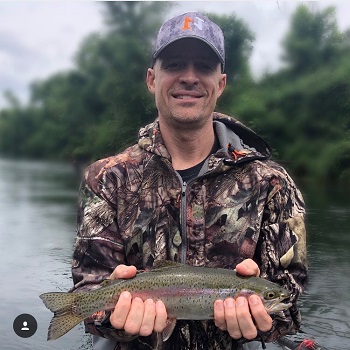
Experienced fishing guides often have years of experience that’ll help you improve your fishing skills. Not only do they know the fish to target, but they know the fishing spot you need to be in too.
Learn Special Techniques From Your Fishing Guide
If you’re afraid of fishing because of a lack of experience, you’ll find the service of a guide useful. These guides can teach you some valuable techniques and lessons to catch a fish and use your fishing equipment well. Plus, they can help you determine the best equipment to catch a specific fish.
You Get Offered Helpful Lure Advice
With the countless fishing equipment and accessories, you’ll find in the market, buying tools can be overwhelming. All the rods, reels, jigs, lines, and lures may look the same to beginners.
But, with a fishing guide, you’ll get helpful advice to ensure a successful fishing trip. And good guides know what works to catch more fish and which items don’t go well together.
Everything’s More Convenient
For a first-timer, it can be inconvenient to learn the basics of fishing, particularly if you really want to go on a quick trip during your free time.
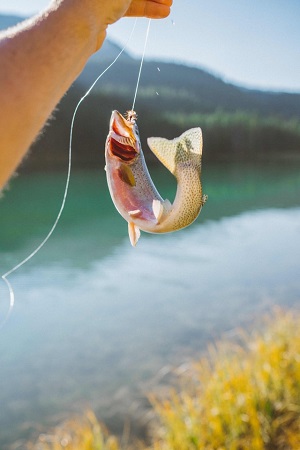
The good thing about working with fishing guides is that they offer convenience to everyone by taking care of the logistical details of the trip. In addition, they handle necessary arrangements, obtain permits and licenses, and provide other fishing equipment. This let’s you focus on, well, catching fish!
These are some of the many advantages of hiring a fishing guide for your trip. Although it is an additional expense, it can make your fishing experience more enjoyable without worrying about safety and other risks.
Final Thoughts On Fishing Guides
Choosing a fishing guide can make or break your fishing experience. Follow the tips above to help you select the best one for your needs.
Happy fishing and we hope you put a hook N1!

